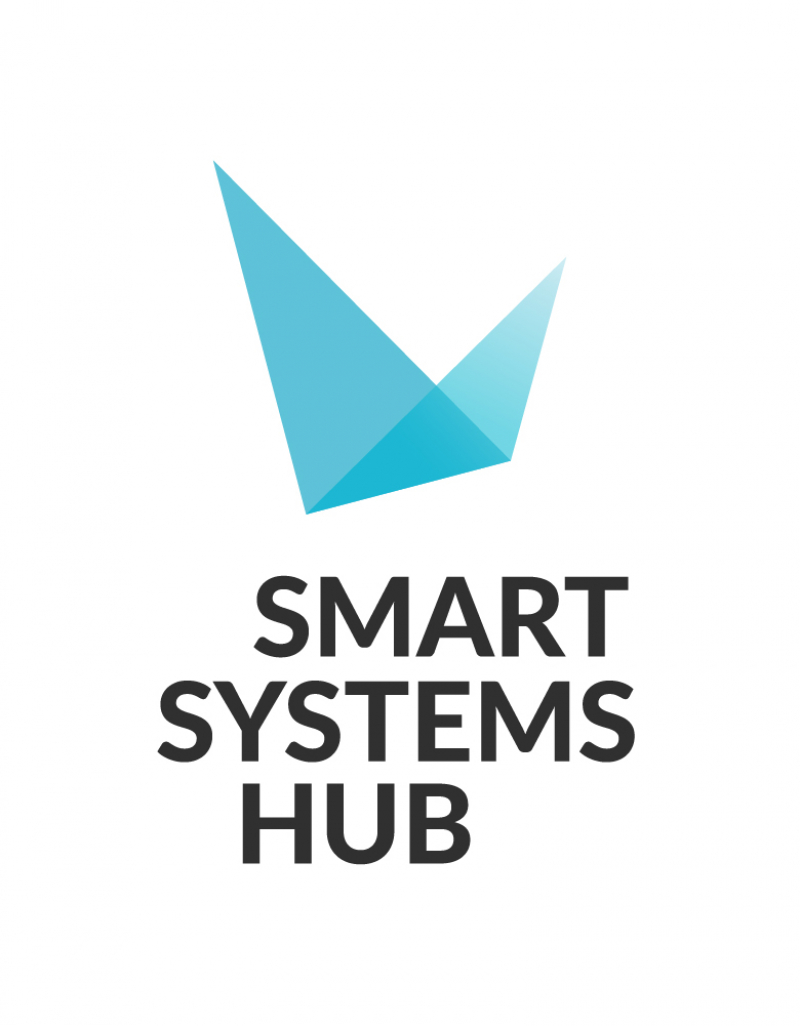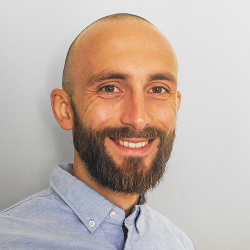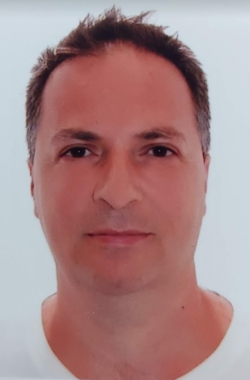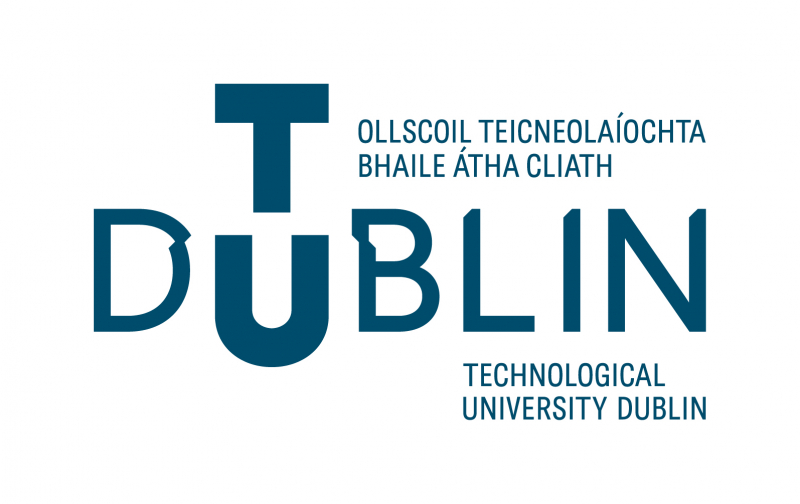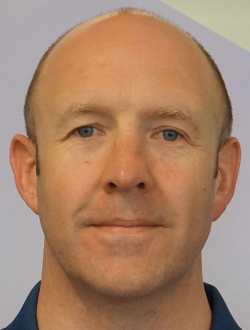Semiconductor enabling VR/AR as the new dimension of human connection
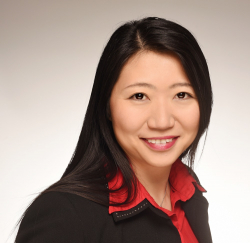
Yan, Ran
Business Unit Manager
GLOBALFOUNDRIES

Abstract
As the world Digitalization is rapidly accelerating and providing real benefit to each one of us, a spate of emerging technologies—especially, artificial intelligence (AI), virtual reality (VR), and augmented reality (AR) —are gaining prominence across industries. These technologies have their unique capability to reduce the distance between people and deliver fully immersive experiences in all kinds of environments. The power of VR/AR combined with AI also allows machines to operate at the cognitive level as humans and allows us to interact naturally with machines. Such emerging technologies bring huge opportunities to semiconductor, but also new challenges that need our attentions: see-through near eye microdisplay, real-time image sensing & processing, low-weight low-power for round the day usage. Those requirements are not only challenging for design house, but also for semiconductor technology. Instead of chasing down the advance node, the industry needs to collaborate vertically and find the right trade-off between speed, power and cost. In GlobalFoundries, we are taking up on this challenge with our partners to enable the next-generation VR/AR products based on our unique solutions. GlobalFoundries® (GF®) Microdisplay solutions are optimized to improve process speed and reduce leakage while enabling enhanced pixel driver functionality.

High density area and leakage reduce with technology node shrinking
It significantly speeds up VR/AR applications to support real-time data analysis and edge computing. Our platform is compatible with multiple display technologies, like LCOS, and microLED.
|
22FDX Supports pixel size down to 2.5um with up to 2K x 2K resolution. Mirror reflectivity >65% at 450nm-650nm wavelengths. |
22FDX Supports pixel size down to 2.5um. Supports ultra-high density ultra-low leakage Memory-In-Pixel design. |
Globalfoundries microdisplay solutions
We are aiming to enable our technology down to 22nm to reach 4K resolution within 2 inches diagonal MicroDisplay.
There are still more challenges to overcome before widespread consumer VR/AR applications. However, with our effort to advance foundry technology and collaboration with industry partners, in the not-too-distant future, we will see AR everywhere in our life and connect us in real-time without any “distance”.
Biography
After 10 years working in semiconductor and GLOBALFOUNDRIES® (GF®), I am so proud to be part of this vital industry and hold my exciting position as business line manager for Human-Machine-Interaction (HMI) products. My vision is to reshape HMI technologies all over the world and enable the AR/VR foundry solution with a special focus on MicroDisplay and image sensors. In GF®, we know we cannot do it alone. That is why I am glad to have our industry partners, research institutes, and government bodies support us, especial in Europe. In addition, we must have human needs in our hearts and do not forget about the minorities. Therefore, I am also a Diversity & Inclusion Partner in our German site to build better technology, a better workplace, and a better society. I hold an EMBA from ESCP Business school and a Ph.D. in Microelectronic Engineering from the National University of Ireland, Cork.



